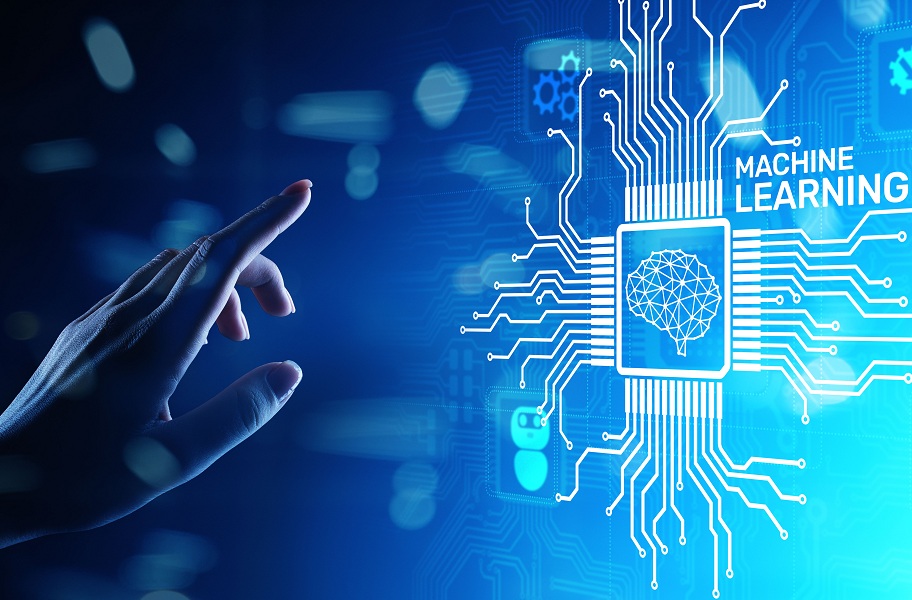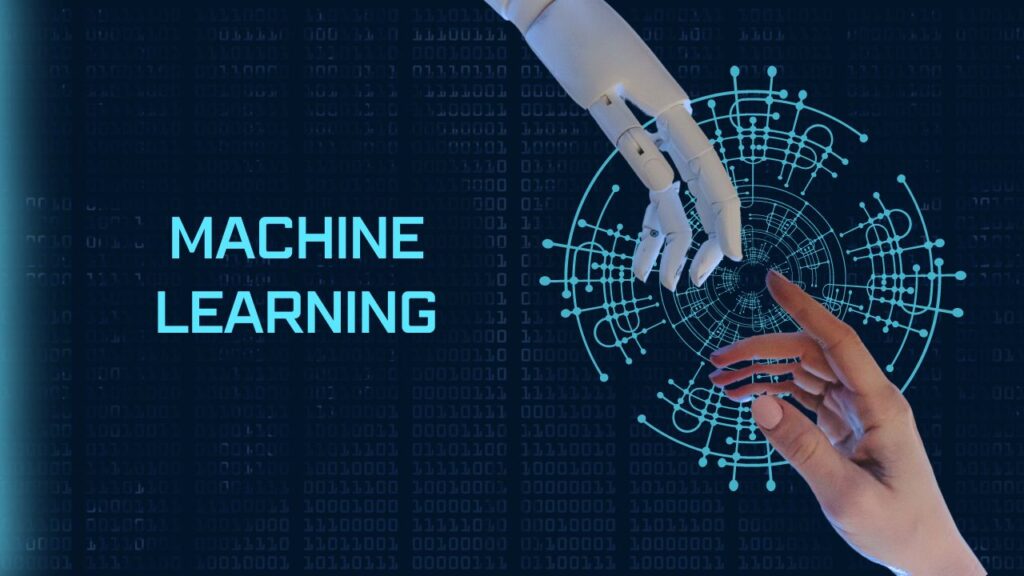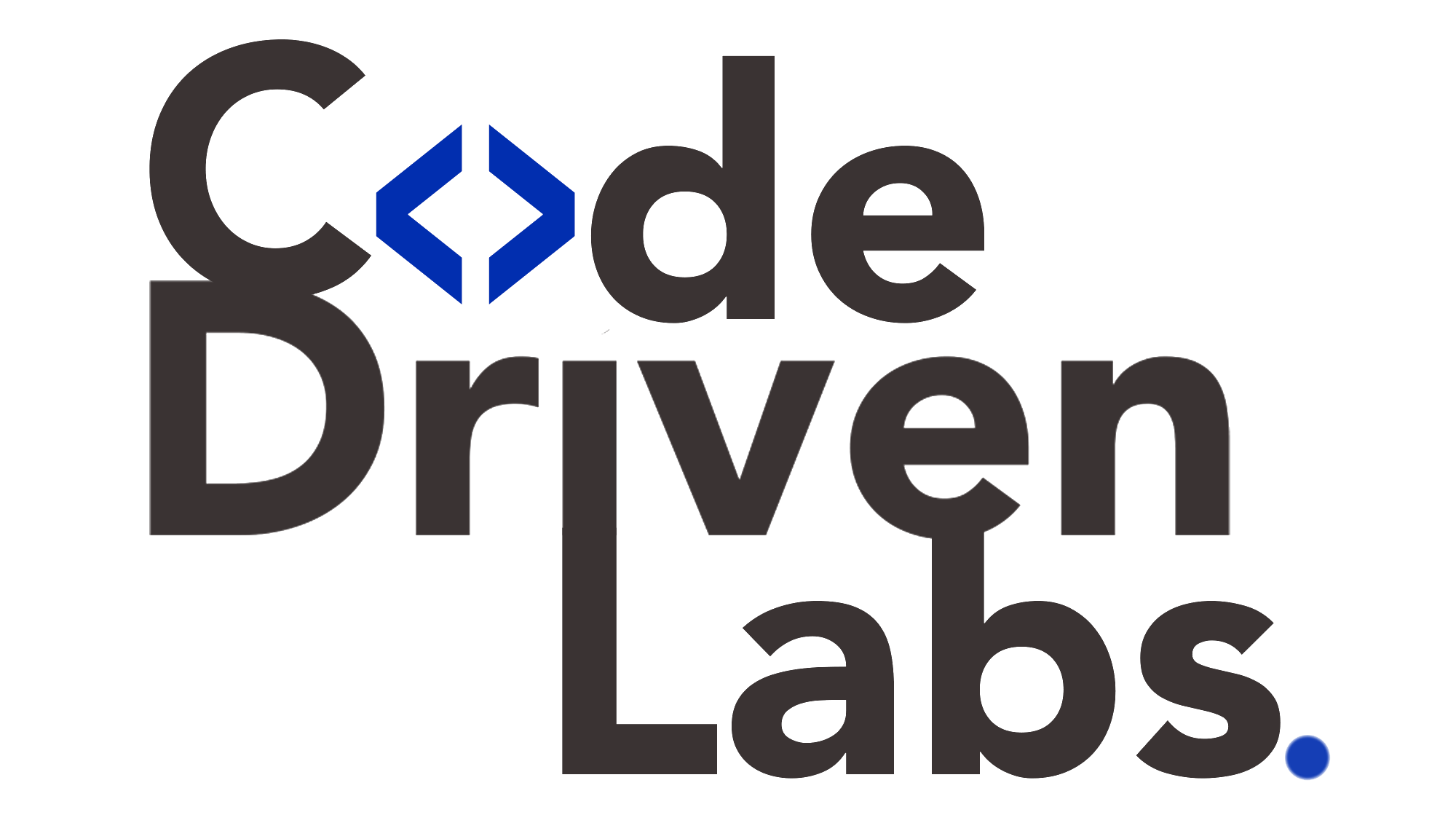Level up your business with US.
- Home
- How Machine Learning is Moving to the Edge in 2025
How Machine Learning is Moving to the Edge in 2025
July 30, 2025 - Blog
How Machine Learning is Moving to the Edge in 2025
As we progress through 2025, machine learning (ML) is no longer confined to centralized cloud environments. It’s increasingly being deployed at the edge—on devices such as smartphones, drones, IoT sensors, autonomous vehicles, and even wearables. This trend is redefining how businesses build and deploy intelligent applications, especially in industries that demand real-time insights and low latency. Edge ML is quickly becoming not just an option, but a necessity.
In this blog, we’ll explore how machine learning at the edge is transforming industries in 2025, what technologies are enabling this shift, and best practices for businesses looking to leverage edge ML. We’ll also discuss how Code Driven Labs helps businesses implement scalable, efficient, and secure edge AI solutions.
What Is Edge Machine Learning?
Edge ML refers to the practice of running machine learning algorithms directly on edge devices, without the need to send data back and forth from the cloud. This enables faster processing, reduced bandwidth usage, and enhanced data privacy.
Examples of edge ML in action include:
-
Real-time object detection on surveillance cameras
-
Predictive maintenance on factory floor equipment
-
Health monitoring in wearable fitness devices
-
Voice assistants processing commands locally

Why Machine Learning Is Moving to the Edge
1. Low Latency Requirements
Cloud-based AI requires data transmission to a remote server, which can introduce latency. For applications like autonomous vehicles or real-time fraud detection, every millisecond counts. Edge ML eliminates this delay by processing data locally.
2. Bandwidth Optimization
Continuously sending data to the cloud consumes significant network bandwidth and can be costly. Edge ML helps reduce these costs by only transmitting essential or summarized data.
3. Enhanced Data Privacy
In sectors like healthcare or finance, transmitting sensitive data to the cloud poses compliance and security risks. Edge devices can process this data locally and transmit only anonymized or aggregated results, reducing exposure.
4. Offline Functionality
In remote areas or scenarios with unstable internet connectivity, cloud reliance is impractical. Edge ML allows devices to function even when offline, with updates or syncing happening only when connectivity is restored.
5. Scalability
With millions of connected devices, centralized cloud models struggle with scale. Edge computing distributes the workload, reducing pressure on cloud infrastructure.
Key Technologies Enabling Edge ML in 2025
1. TinyML and Model Compression
Advances in TinyML and model quantization allow large neural networks to run efficiently on low-power processors without significant accuracy loss.
2. 5G and Edge Networks
5G supports faster data transfer and edge cloud infrastructure, which enables lightweight coordination between cloud and edge for optimal performance.
3. Custom Edge AI Chips
Hardware vendors like NVIDIA, Google, and Apple are producing AI accelerators tailored for edge applications—e.g., Google’s Edge TPU and Apple’s Neural Engine.
4. AutoML and MLOps for Edge
Automated ML tools simplify model training and deployment, even for non-experts. MLOps practices now include pipelines for deploying and updating models on thousands of distributed edge devices.
Industries Leading the Charge in Edge ML
-
Healthcare: Real-time diagnostics in wearables, early alert systems for elderly care
-
Retail: Smart shelves, customer footfall analytics, automated checkouts
-
Manufacturing: Predictive maintenance, quality control via computer vision
-
Agriculture: Crop monitoring drones, real-time soil and weather sensors
-
Smart Cities: Traffic management, waste collection optimization, energy distribution
Challenges in Edge ML Deployment
Despite its advantages, edge ML comes with challenges:
-
Model Optimization: Converting cloud-trained models to edge-optimized versions without performance loss is complex.
-
Security: Edge devices can be more vulnerable to tampering.
-
Device Heterogeneity: Developers must cater to a wide range of devices and hardware specifications.
-
Update Management: Keeping ML models and firmware updated across thousands of devices requires robust orchestration.
Best Practices for Edge ML Success
-
Design for Resource Constraints: Start with lightweight models or use pruning and quantization techniques to reduce size and power consumption.
-
Implement Strong Security: Use encrypted storage, secure boot, and regular updates to protect models and data.
-
Test in Real-World Environments: Simulations may not capture all edge cases; field testing is crucial.
-
Use Modular Architecture: Decouple your ML pipeline for flexibility in updates and maintenance.
-
Monitor and Maintain: Use cloud for model version control and device telemetry to track performance and health.
How Code Driven Labs Helps with Edge ML Implementation
Code Driven Labs specializes in custom software and AI solutions, and offers tailored support for companies exploring or scaling Edge Machine Learning in 2025. Here’s how they assist:
1. Custom Model Development
Their data science team designs and trains optimized ML models specifically for deployment on edge devices using TensorFlow Lite, ONNX, and other frameworks.
2. Device-Specific Optimization
They help convert large models into deployable versions using quantization, pruning, and other techniques, ensuring smooth execution on low-power hardware.
3. Integration with IoT Platforms
Code Driven Labs builds robust IoT integration systems so your edge devices can communicate securely and efficiently with your cloud services or other endpoints.
4. Security First Architecture
They incorporate embedded encryption, secure authentication, and tamper-proof updates to protect both data and models on the edge.
5. Model Lifecycle Management
Their end-to-end MLOps solution includes version control, A/B testing of models in the field, and remote update capabilities.
6. Scalability Consulting
From MVPs to production-level deployments across thousands of devices, Code Driven Labs provides a scalable architecture built on containerization, orchestration, and serverless components when needed.
7. Cross-Industry Expertise
Whether you’re in healthcare, retail, logistics, or smart infrastructure, they customize edge ML solutions according to your regulatory and operational requirements.

Conclusion
As machine learning continues to push boundaries, 2025 marks a significant shift toward edge intelligence. Edge ML empowers businesses with real-time decision-making, lower operational costs, and greater privacy compliance. However, to harness its full potential, organizations must overcome technical complexities and adopt best practices in deployment and management.
Code Driven Labs emerges as a key partner for businesses wanting to ride the edge AI wave with confidence. Their expertise in model optimization, security, and scalable infrastructure helps bridge the gap between concept and deployment—making your AI vision a practical reality.
If you’re exploring the edge of innovation, it’s time to move your machine learning where it matters most—closer to your users, closer to your data, and closer to action.
